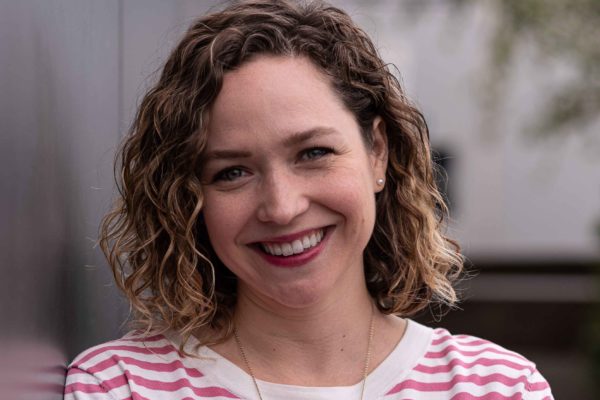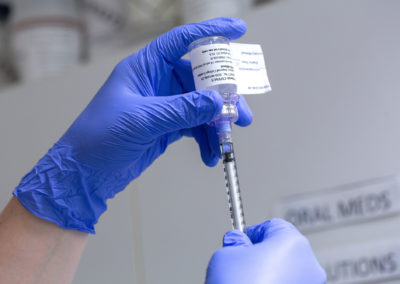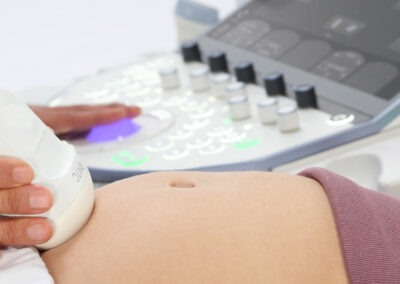Ground-breaking model for lung repair research and trials
Imperial’s Lung Development and Repair Group has devised a highly effective model to track lung repair to support drug development and academic research.
Their AIR Model (Acid Injury Repair) combines the accessibility of ex-vivo study with the accuracy of working with living tissue.
Using this model, the group can deliver:
- Bespoke studies of small molecules and growth factors to drive repair
- Drug testing from pre-clinical models to phase II, first-in-man trials
- Real-time imaging to track cell behaviour in damaged tissue
- Consultancy and training to establish the model in client labs and facilities
They can support all levels of biotech and pharmaceutical product development, as well as offering unprecedented depth of observation for academic research.
Accuracy of in-vivo research with flexibility of ex-vivo material.
This highly reproducible procedure allows researchers to subject an isolated area of a living lung slice to acid damage, then observe the tissue repair process under a range of conditions.

Unlike traditional organoid-based research, the AIR model preserves the full structure of living tissue – and bridges the historic disconnect between lab work and clinical trials.
It can be run on both animal and human samples at a semi-high throughput scale; and includes a real-time imaging solution, deploying fluorescent tags to enable deep observation at a cellular and sub-cellular level – previously impossible with living tissue.
AIR Model samples also preserve tissue-resident macrophages, offering an indication of immune response that is often unavailable in organoids.
Leading Regenerative Medicine Lab
The Lung Development and Repair Group is a multi-disciplinary team of clinicians and researchers with an international reputation, experienced in working with a range of in vivo and ex vivo models across animal and human subjects.
The team can deliver a full development process from pre-clinical models to clinical trials, whilst Dr Sek-Shir Cheong can also consult on its application other settings, including other areas of regenerative medicine.
“The AIR Model has allowed us to work with much greater control at all levels of drug development and research – whether we’re looking to affect signalling pathways, searching for new pro-repair factors or simply following cell behaviour in damaged tissue. We’re excited to apply it in support of clients and partners in industry and wider research fields.” Group Head Dr Charlotte Dean
Click here to read more about the team, the AIR model and their work…
Including: real-time imaging of lung slices
Current projects:
- Role of developmental genes in adult lung disease and tissue repair
- Imaging lung development, injury and repair
And Publication: The acid injury and repair (AIR) model: A novel ex-vivo tool to understand lung repair
Who to contact:

Stephanie Cloots
Engagement Manager





